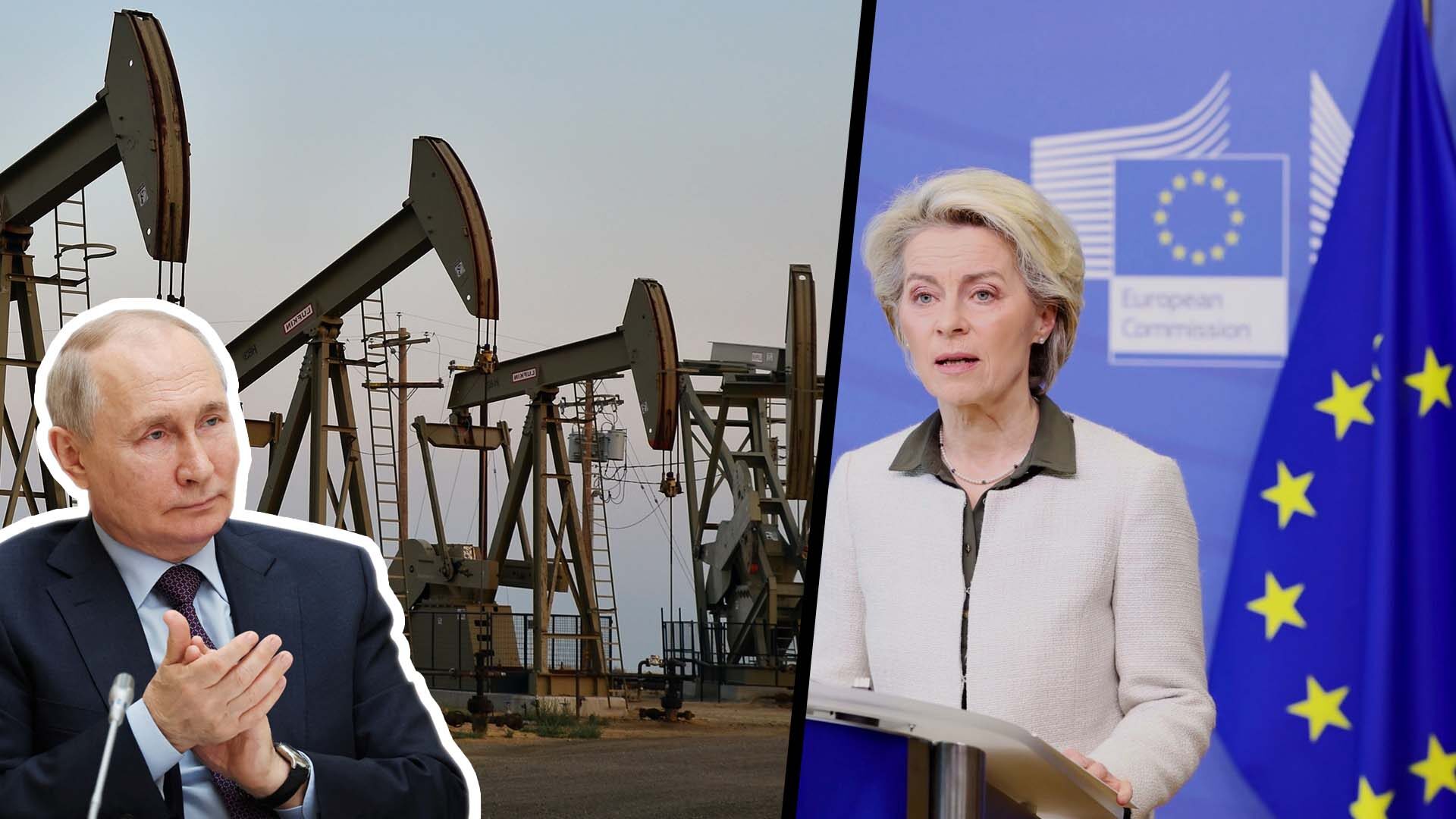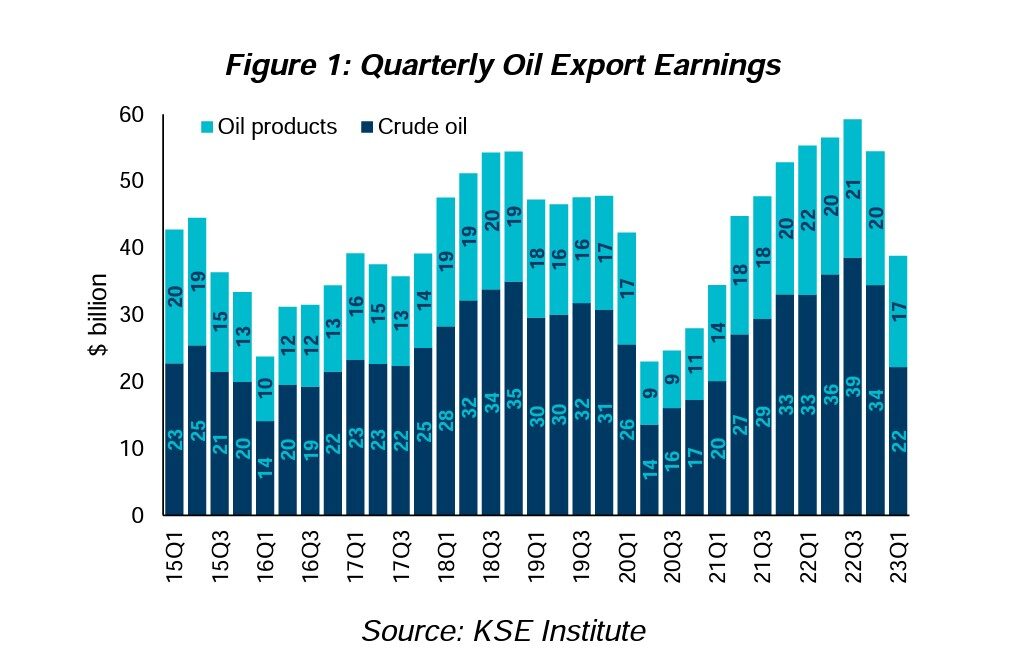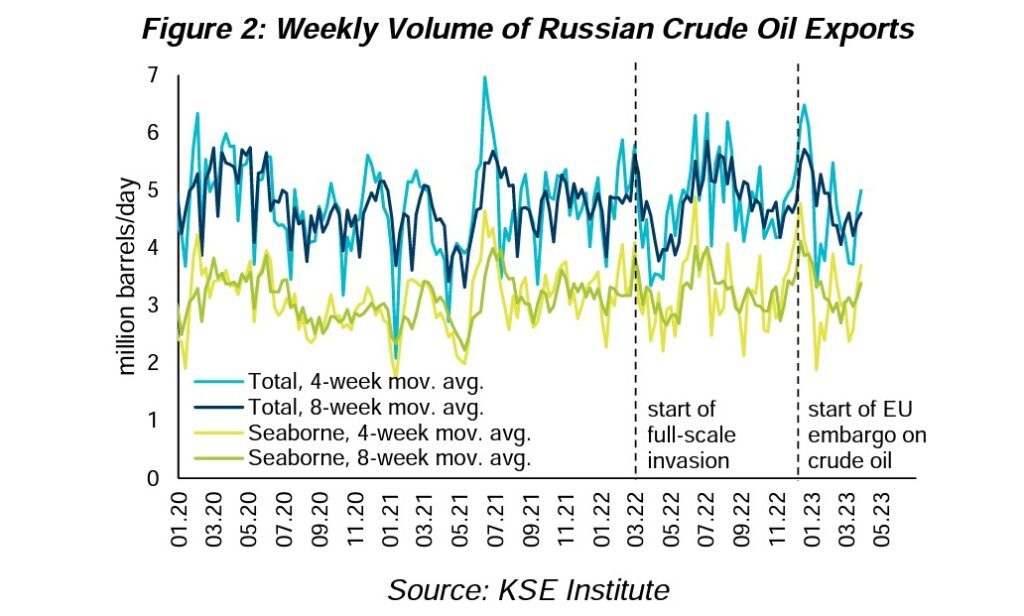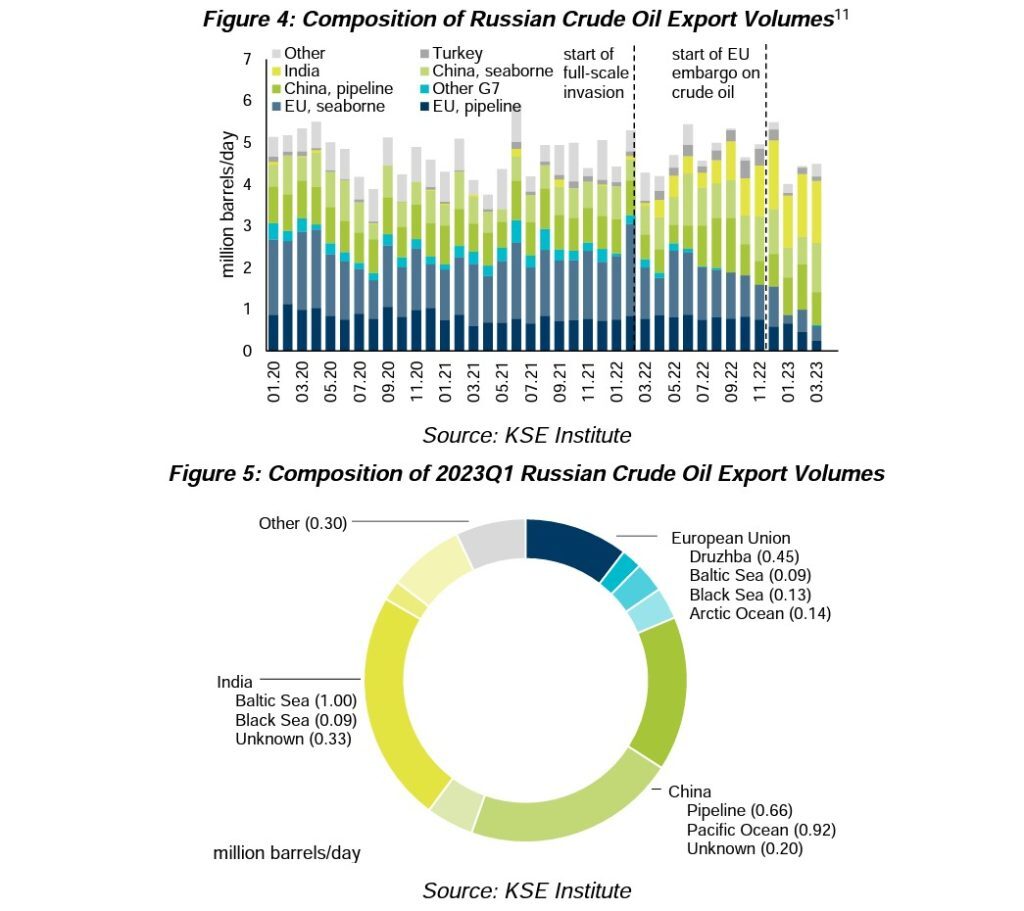The European Union heavily sanctioned Russia and pledged to boycott its oil, yet continues to buy it, and at an even higher price, albeit indirectly.
India is importing record levels of discounted Russian crude, purchasing it in currencies other than the dollar. India then refines the Russian oil and exports fuel to Europe at a profit.
Meanwhile, increasing energy costs in Europe have stoked inflation, causing workers' wages to significantly decline.The real wages of workers in the Eurozone fell by 6.5% between 2020 and 2022.
As of April, Bloomberg reported, European imports of refined fuel from India are approaching 360,000 barrels per day.
This means that India is expected to soon surpass Saudi Arabia as the largest exporter of refined fuel to Europe.
Comment: Clown world, indeed. Considering India has no appreciable domestic oil resources, this is ironic in the extreme.
At the same time, India is importing 44% of its oil from Russia, at an all-time high of approximately 2 million barrels per day, according to Bloomberg.
New Delhi is purchasing this crude at a significant discount.
In 2022, the G7 vowed to ban Russian energy. In December, the bloc of Western countries and Japan implemented a price cap on Russian oil of $60 per barrel.
The European Union agreed to the same price cap, before updating it in February with a $45 limit on petroleum products traded at a discount to crude and $100 for petroleum products traded at a premium to crude.
Facing Western sanctions, Russia instead sells its oil to Asia
The Western economic war has led to a slight decrease in Moscow's oil revenue, but has simultaneously pushed Russia to deepen its integration with Asia.
An April report by the Kyiv School of Economics, "Russian Oil Exports Under International Sanctions", analyzed the effects of the G7 and EU price caps in the first quarter of 2023.
This study was sponsored by the Yermak-McFaul Expert Group on Russian Sanctions, which is supported by the Ukrainian and US governments and co-chaired by Andriy Yermak, the head of the office of the president of Ukraine, and Michael McFaul, the former US ambassador to Russia.
Comment: Of course Michael McFaul, ex-Russian ambassador and clown extraordinaire, would be involved with the sanctions policies
- Ex-US ambassador to Russia parrots unsupported claims that Russia meddled in U.S. elections
- Time to step away from the keyboard: Stanford prof McFaul scoffs at idea of checking sources before tweeting
- Russia 'expert' Michael McFaul don't need no Russian language - or English for that matter
- Russian prosecutor general: Russia wants to question Chris Steele, Michael McFaul, top politicians for aiding criminal Bill Browder - UPDATE
- Must be blind: Ex-ambassador McFaul sees no evidence that Ukraine's govt. supports neo-Nazis
- Moscow: Former US ambassador McFaul banned from Russia
It found that Russian oil revenue did decrease by 29%, dropping from $54.5 billion in the fourth quarter of 2022 to $38.8 billion in the first quarter of 2023, for a total loss of $15.7 billion.
However, in the same period, global oil prices fell. The report estimated that $4.2 billion (27%) of Russia's loss in oil revenue was due to the decline in international prices.
In fact, the study only attributed $6.1 billion (39%) in the loss in Russia's oil export revenue directly to the sanctions, with an additional $5.2 billion (33%) lost in the discounts that Moscow gave to customers like India.
This is not nearly as much as many Western governments had hoped. And it led to some other, unexpected consequences.
Russia's oil export earnings are now at around the same levels they were at in 2021, before Moscow's February 2022 invasion and the escalation of the NATO proxy war in Ukraine.
At the same time, the volume of Russia's crude exports has stayed rather consistent.
What has significantly changed is not the amount of oil produced by Russia, but rather the customers buying that crude.
The Kyiv School of Economics study showed that the vast majority of Russian oil exports now goes to Asia, primarily to China and India.
The report wrote:
European countries, previously the largest buyers, now play a negligible role and have been replaced almost entirely by China and India, with the latter appearing as the key "new" buyer over the past twelve months. In 2023Q1, the two countries together accounted for close to 75% of total Russian crude oil exports.For years, and even throughout much of 2022, Russia had been Europe's biggest energy supplier. Today, Moscow is looking east.
This transition reflects Russia's increasing economic and political integration with Asia, and its move away from the West.
As an example of the sudden shift, the Financial Times noted that Russia's northwestern port of Primorsk, on the Baltic Sea, had previously been used to send oil to Europe, but in the first quarter of 2023, India bought that crude instead, at a neat discount of just $43.9 per barrel.
The EU boycott of Russian energy has also contributed to further de-dollarization.
India is largely purchasing Russian oil in currencies other than the US dollar, including the ruble and the UAE's dirham.
"U.S.-led international sanctions on Russia have begun to erode the dollar's decades-old dominance of international oil trade as most deals with India - Russia's top outlet for seaborne crude - have been settled in other currencies", Reuters reported.
Real wages of EU workers dropped by 6.5% amid "one of the worst cost of living crises since WWII"
While Europe buys more expensive Russian energy from India, workers at home are suffering from increasing energy costs.
"Households across Europe are facing a persistent pinch from one of the worst cost of living crises since the second World War, despite inflation falling almost as quickly as it rose", the Financial Times reported in April.
The newspaper estimated that real wages in the Eurozone dropped by 6.5% between 2020 and 2022. (Real wages are workers' compensation that has been adjusted for inflation.)
In the EU, real wages are expected to stay 6% below 2020 levels until the end of 2024, the Financial Times said.
Workers in countries in the south of the Eurozone, like Greece, Spain, and Italy, have been especially hard hit, with their real wages falling by nearly 7%, 4.5%, and 3% in 2022, respectively.
The UK Office for Budget Responsibility "estimates that the period from the spring of 2022 to the spring of 2024 will mark the steepest decline in people's real disposable incomes since records began in the 1950s", the Financial Times wrote.
The newspaper warned: "Poorer people, who spend a bigger chunk of their income on essentials, have been most exposed to the rise in prices. They will continue to feel the squeeze hardest, with food costs continuing to soar even as energy prices fall".
The Financial Times attributed this rapid decline in real wages to skyrocketing energy and food costs - which have been greatly exacerbated by Western sanctions on Russia.
Rising grocery bills are also a product of rampant price gouging by monopolistic corporations. This highly profitable practice is a growing problem that has been referred to as "greedflation".
While real wages are declining across the West, the profit share of companies in the Eurozone is at a record high.
Bloomberg reported in 2022 that US corporate profits grew to their widest margins since 1950, "suggesting that the prices charged by businesses are outpacing their increased costs for production and labor".







Comment: The collective West is committing suicide at the behest of neocon ideology.